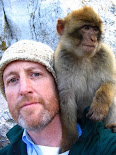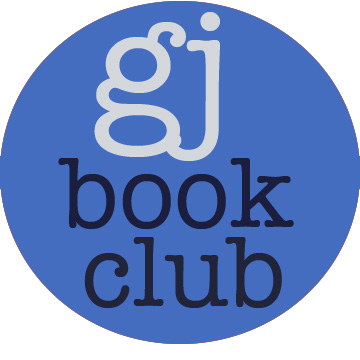 |
Eugene Galien Laloue (1854 - 1941) Paris, le marché aux fleurs
Gouache on board, 8 1/4 x 13 1/4 inches
|
We had such an enthusiastic response to our last
Gouache Challenge that many of you asked for another opportunity.
I hesitate to call it a "contest" because there's no entry fee and the spirit is more about cooperation, community, and camaraderie than competition. We're all at different levels of skill and experience, but we're all out there braving the elements and trying out new painting ideas.
 |
| Helen Allingham Market Stall in Venice, watercolor |
The August Challenge
Paint an outdoor market on location with a limited palette of opaque water media. The limited palette is just three colors of your choice plus white.
 |
| Norman Price, Eastern European Market, gouache |
What kinds of outdoor markets?
Any outdoor place where people are selling things: fruit or flower markets, farmers' markets, roadside stands, craft fairs, flea markets, yard sales, swap meets, sidewalk sales, fish markets, Chinese wet markets, Latin-American mercados, and Arab souks.
On Location
It must be painted on location and it must be a new painting done for this challenge. In addition to a scan of the final painting, your entry must include a photo of your painting in progress in front of the motif.
 |
| Alfred Glendening Parisienne Flower Market |
Paints
Any of the opaque water media are acceptable: casein, gouache, Acryla-gouache, or acrylic. Sorry, for this challenge there's no oil and no dry media. You can combine with transparent watercolor and watercolor pencils as long as they're the same colors, but there should be at least some opaque passages.
The Limited Palette
The reason for the limited palette is to keep your painting harmonious, which can be difficult with such a kaleidoscopic subject.
Here are some suggestions, giving equal time to different companies:
Deadline
It's free to enter. You can enter as soon as you finish the piece, but no later than the deadline: Monday, August 31 at midnight New York time. Winners will be announced on Wednesday September 2.
 |
| Edward Seago, Moroccan souk |
What and How to Enter
Just shoot two image files: 1. Your finished painting and 2. A photo of the painting on the easel in front of the subject. Your face doesn't have to be in the photo unless you want to.
Upload the images this
Facebook Event page (This way I don't have to deal with email, and you get to present your images your way). If you don't have a Facebook account, please ask a friend with an account to help you. Please include in the FB post the list of the three colors you chose (plus white), and if you want, a word about your inspiration or design strategy, or an anecdote about your painting experience.
 Prizes
Prizes
I'll pick one Grand Prize, three Finalists, and six Honorable Mentions. Those 10 will be published on GurneyJourney. The Grand Prize winner and Finalists will receive an exclusive "Department of Art" embroidered patch. In addition, the Grand Prize winner receives a video (DVD or download) of their choice. Everybody who participates will have their work on
the Facebook page, too.











































